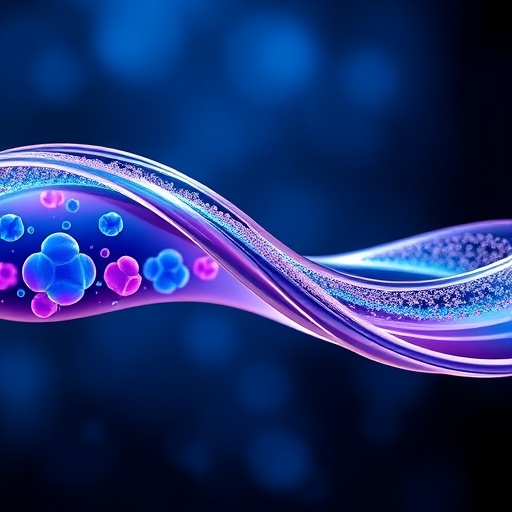BELLINGHAM, Washington, USA, and CARDIFF, UK — A solution to a major challenge in using minimally invasive cryotherapy to target and kill cancer cells with freezing temperatures while protecting adjacent healthy tissues has been reported by a research team in Texas in an article published this week in the Journal of Biomedical Optics. The journal is published by SPIE, the international society for optics and photonics.
Cryotherapy may be used to treat internal and external cancer lesions. Patients benefit from fast recovery, low toxicity, minimal anesthesia, and comparatively low cost.
However, a major difficulty until now has been finding an efficient method of monitoring temperatures in real time in order to avoid damaging non-targeted tissues.
In "Imaging technique for real-time temperature monitoring during cryotherapy of lesions," authors Elena Petrova, Anton Liopo, Vyacheslav Nadvoretskiy, and Sergey Ermilov of TomoWave Laboratories, Inc., in Houston describe a new technique for monitoring temperature that addresses this problem.
"Petrova et al. report the use of red blood cells as temperature sensors to convert reconstructed optoacoustic images to temperature maps," said associate editor Bahman Anvari (University of California, Riverside). "The technique is potentially useful in real-time optoacoustic-based temperature measurements during cryotherapy procedures. The investigators have performed systematic and meticulous studies to validate this temperature measurement approach in tissue-mimicking phantoms."
The team investigated applying an optoacoustic temperature monitoring method for noninvasive real-time thermometry of vascularized tissue during cryotherapy. The universal temperature-dependent optoacoustic response of red blood cells was used to convert reconstructed optoacoustic images to temperature maps, yielding the potential to prevent noncancerous tissue from being destroyed or damaged through careful monitoring of tissue temperatures during cryotherapy procedures.
"Our results provide an important step towards future noninvasive temperature monitoring in live tissues," the authors write.
Lihong Wang, Gene K. Beare Distinguished Professor of Biomedical Engineering at Washington University in St. Louis, is editor-in-chief of the Journal of Biomedical Optics. The journal is published in print and digitally in the SPIE Digital Library, which contains more than 458,000 articles from SPIE journals, proceedings, and books, with approximately 18,000 new research papers added each year.
###
About SPIE
SPIE is the international society for optics and photonics, an educational not-for-profit organization founded in 1955 to advance light-based science, engineering, and technology. The Society serves nearly 264,000 constituents from approximately 166 countries, offering conferences and their published proceedings, continuing education, books, journals, and the SPIE Digital Library. In 2015, SPIE provided more than $5.2 million in support of education and outreach programs. http://www.spie.org
Media Contact
Amy Nelson
[email protected]
360-685-5478
@SPIEtweets
http://spie.org/




